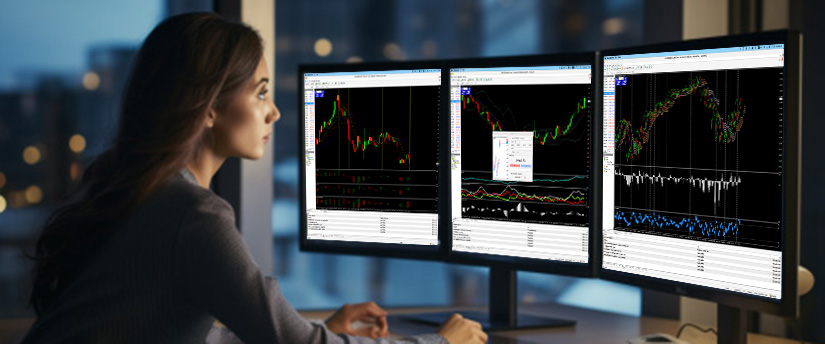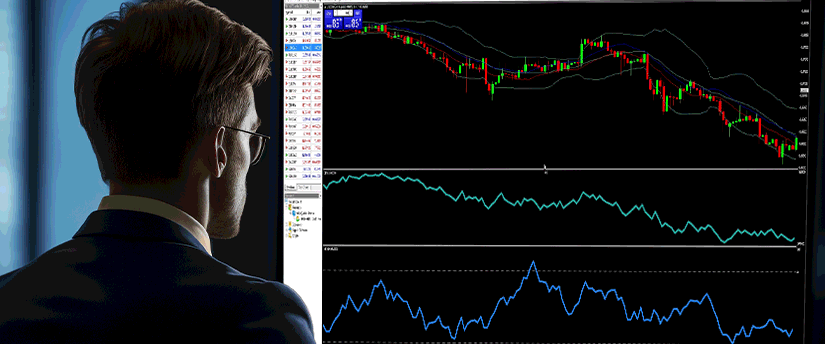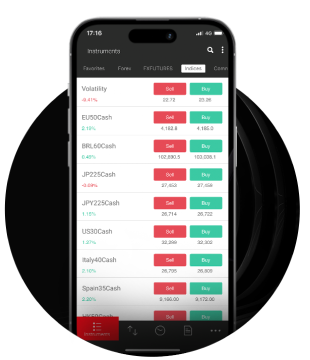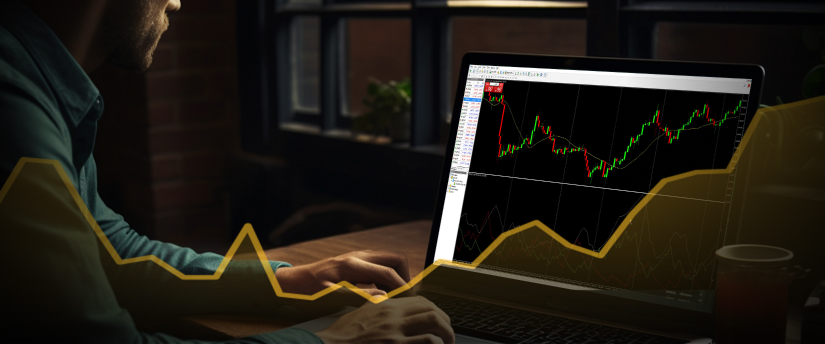USD/SEK is an exotic forex pair with the US dollar as the base currency and the Swedish krona as the quote currency. At the time of writing, the going rate for USD/SEK is 9.73.
Exotics are FX pairs that consist of a major world currency and one from a smaller economy. Smaller, of course, is relative, since these economies, like in the case of Sweden, are often well-developed. It’s simply that they can’t compete with massive economies such as the US or EU.
Exotic pairs also have some unique trading patterns and qualities that separate them from majors and minors. These will be explained in the next section.
Trading FX exotics: The rundown
Exotic pairs in forex have three main qualities:
- Decreased liquidity
- Increased spreads
- Increased volatility
Since most FX traders use day trading または scalping strategies, they may look at this and wince. Indeed, these aren’t characteristics that suit those strategies, but they aren’t all bad.
While day traders and scalpers may struggle to find a place for exotics in their portfolio, other strategies may find higher yield for them. Position traders who track the economies of the countries involved can use the increased volatility for more optimal results, for instance.
This becomes especially apparent for traders from the country of the minor pair. For example, with USD/SEK, the U.S. economy is relatively easy to track due to the abundance of public data. In contrast, information on Sweden’s economy can be more difficult to access, as resources may be limited or presented in Swedish. As a result, Swedish FX traders may be better positioned to identify opportunities in USD/SEK that offer more potential than trading major or other minor pairs.

How to trade USD/SEK and other exotics
All forex trading happens online; there are no physical goods being exchanged. As such, the most accessible way to trade USD/SEK is through an online forex broker.
However, not all brokers provide access to every currency pair. Traders interested in USD/SEK should review a broker’s asset offerings and evaluate the trading conditions to ensure they are favorable.
Another consideration is whether to practice on a demo account or trade live. A demo account allows traders to simulate trading without risking real capital, while live trading involves using deposited funds and carries real profit or loss potential.
Platforms like IronFX offer access to USD/SEK along with a wide range of other exotic currency pairs, providing traders with various options to explore.
USD currency information
USD is the premier currency in forex trading. Many global economic events in the FX market are determined by actions in the US. Even major pairs are defined by having USD as either the base or quote currency.
The US dollar is, of course, the official currency of the US. Its symbol is $, sometimes referred to as U$ or US$ to make it easier to tell from other dollar-denominated currencies. However, since the US dollar is the most prominent currency, most people will default to it when they see the $ symbol.
The dollar’s central bank is the Federal Reserve (Fed), it’s minted by United States Mint, and printed by the Bureau of Engraving and Printing.
SEK currency information
The Swedish krona is the official currency of the Kingdom of Sweden. Its sign is kr. Its central bank is Sveriges Riksbank, and it’s printed by De La Rue.

Key FX trader reports for USD/SEK
Reports are the bread and butter of forex trading. Since currency trading involves a country’s (or region’s) economic decisions, official releases are the most direct indicator of what’s going to happen. Often, tension in forex markets builds in anticipation of these reports, leading to significant movement after.
As such, it’s key to keep a close eye on these and know when they are bound to release. Some economic calendars can help, since they hold the release schedule. The most important reports related to these currencies are listed below.
USD reports
国内総生産(GDP) – Bureau of Economic Analysis (BEA), quarterly
- A measure of total economic output, often considered the primary indicator of a country’s economic wellbeing.
Consumer Price Index (CPI) – Bureau of Labor Statistics (BLS), monthly
- The primary indicator of real inflation.
Non-Farm Payrolls (NFP) – Bureau of Labor Statistics (BLS), monthly
- A US employment report listing the number of jobs added or subtracted.
Federal Open Market Committee (FOMC) Statement – Federal Reserve, approximately every six weeks
- Indicates US monetary policy.
Trade Balance Report – U.S. Census Bureau, monthly
- Details the difference between exports and imports of goods and services.

SEK reports
国内総生産(GDP) – Statistics Sweden (SCB), quarterly
- A measure of total economic output of USD/SEK, often considered the primary indicator of a country’s economic wellbeing.
Consumer Price Index (CPI) – Statistics Sweden (SCB), monthly
- The primary indicator of real inflation.
Monetary Policy Report – Sveriges Riksbank, quarterly
- Indicates Sweden’s monetary policy.
失業率 – Statistics Sweden (SCB), monthly
- A US employment report listing theunemployment rate.
Trade Balance Report – Statistics Sweden (SCB), monthly
- Details the difference between exports and imports of goods and services.
Top trading hours for USD/SEK
Trading hours differ from currency pair to currency pair. They are a vital consideration for traders, who need to fit these times into their schedules.
Due to USD/SEK’s status as an exotic currency, this is even more important. While it was established earlier that the decreased liquidity and increased spreads may not present as much of an issue for certain strategies, they are still downsides and may become even more pronounced outside peak trading hours.
Stockholm Trading Hours: 07:00 to 15:30 GMT
- The time when Swedish markets are active and when its financial reports are released.
New York Trading Hours: 13:00 to 21:00 GMT
- The time when US markets are active and when its financial reports are released.
London and New York Overlap: 13:00 to 17:00 GMT
- The time when the US and London markets overlap. This is generally when the trading world is most active, leading to increased activity overall. Additionally, it also encompasses the time when Stockholm and New York trading hours overlap.
Disclaimer:
This information is not considered investment advice or an investment recommendation, but instead a marketing communication.
















